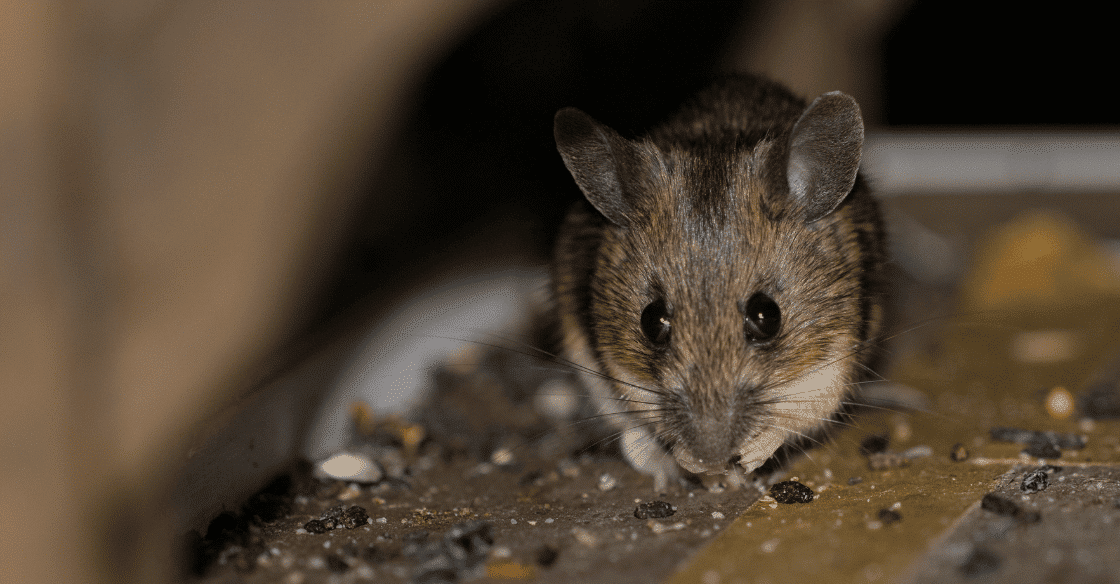Your home should keep you safe from the outside world, so what happens when the outdoors gets in? Attic animal removal helps you keep your home safe from creatures that might otherwise cause problems. If you think your home has new, unwanted residents, search for “attic animal removal near me,” before your roommates get too comfortable.
Importance of Attic Animal Removal
Animals in your attic cause home structural issues and health risks. Wait too long, and you may now need to look for “dead animal in attic removal.” Your attic should always remain animal-free, so know how to recognize when animals move in and handle animal removal in your attic.
Signs Animals Are in Your Attic
Your eyes and ears will tell you about potential pests in your attic before other senses will. Here’s how to know if you have animals in your attic:
What to Look For
- Animal droppings or urine stains
- Nests of leaves, twigs, or paper
- Insulation pulled apart, ripped, or otherwise disturbed
- Ripped ducts or holes in your ductwork
What to Listen For
- Scurrying, scampering, thumping, or other odd noises
- Gnawing, scratching, or squeaking
- Hisses, growls, snarls, whimpers, or purrs
What Animals Get Into Attics?
Squirrels
When squirrels enter your attic, you may hear scampering sounds and notice insulation missing near your eaves. To help them leave, create a one-way exit point in the same place they entered, usually by roof or soffit vents or gaps in your eaves. When all is quiet upstairs, you can assume that your squirrels have left and closed up the entry hole.
Bats
Bat removal requires clean-up of their waste, a toxic substance called guano. You’ll typically learn you have bats after hearing fluttering noises, scratching, clicking, or squeaking noises. To keep yourself safe and ensure that your bats won’t return, hire a professional to pinpoint the tiny entry holes bats use to get in and clean up guano safely.
Raccoons
Loose roof shingles or space under your eaves leave room for raccoons to move into your attic. Even if you don’t have openings large enough for them to fit through, raccoons can rip shingles up or chew holes through your building. Getting rid of them involves installing a one-way exit point, then playing loud music and turning on bright lights to encourage the raccoons to leave.
Possums
Attics remain a favorite haunt for possums seeking shelter. Loud thumping sounds during the night often point to a possum living in your attic. Proper and safe attic animal removal for possums requires live traps, followed by a deep cleaning of your attic to clear up any droppings.
Birds
Broken vents, busted attic windows, or damaged eaves may allow birds to move into your attic. You most likely have birds in your attic if you hear fluttering sounds during the day rather than at night. While shooting birds out and covering their entry points sounds easy, certain species and their eggs may be under government protection, so consult a professional before you act.
How Can Animals Get into My Attic
Whether you’ve seen signs of intrusive wildlife or heard animal noises in your attic, removal starts with understanding how they got there. Over time, your eaves or roofing tiles may weaken, allowing animals to climb into your home. Some animals, like raccoons, can tear their way into your attic with their hands.
Dealing with small animal removal from your attic may prove difficult, especially if the pests have discovered or created tiny entry points hidden from view. Professional attic specialists know how to find these holes and block or repair them to keep you from inviting in more pests. The most common entry points resulting in animal removal from your attic include:
- Gable vents
- Roof returns
- Soffits
- Pipe stacks
- Gaps left during construction
When dealing with small animal removal from your attic, look for any entry point the size of a quarter or larger. These openings may have come from the animal itself, as rats, squirrels, and mice can gnaw their way through vinyl siding, shingles, and wood.
How to Get Rid of Animals
If you’re searching for “animal removal from attic near me,” you may have noticed an unwelcome guest taking up residence above your head. Don’t attempt to remove the animal by approaching it; many animals may attack instead of running if they feel like you’re the invader. Instead, open doors and windows, turn on the lights and play music in the room to encourage the animal to leave on its own.
Should the animal buckle down, or if you need a dead animal removed from your attic, call a professional. Live animals can carry rabies, while deceased creatures can transmit other diseases to humans or household pets.
Frequently Asked Questions (FAQs) – Animals in Attic
Homeowners dealing with animals in the attic often have many questions about their removal. Some of the most common ones include:
Does My Home Insurance Cover Wildlife Incidents?
Most home insurance policies only cover significant wildlife damage, like that from bears and deer. Smaller animals fall under preventable infestations, a condition insurance won’t cover.
What Does It Cost to Have Animals Removed?
Those curious about “animal in attic removal cost” should consider that every situation requires different solutions. Aspects affecting animal removal costs in your attic include:
- How severe is the infestation is
- The amount of clean-up required
- The number of holes needing sealing
- Whether live traps or exit points prove the most effective
What to Do When There Is an Animal in the Attic?
While some homeowners attempt animal removal themselves, professionals offer the best chance of complete removal and future infestation prevention. If you believe you have animals in the attic, consult attic experts on the best removal method.
Conclusion
Contact Attic Projects for expert animal handling if you need help with attic animal removal. Call our office today!




